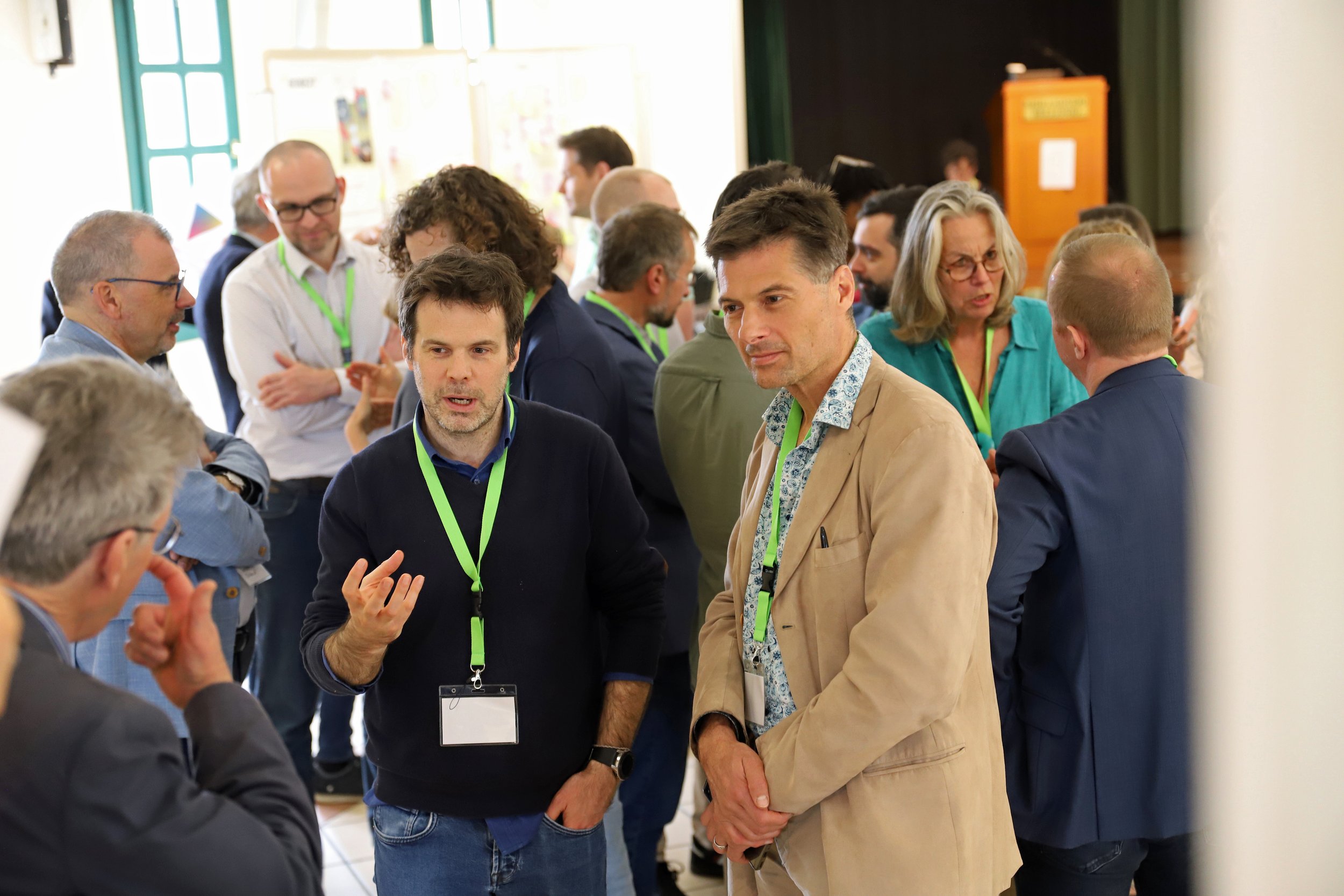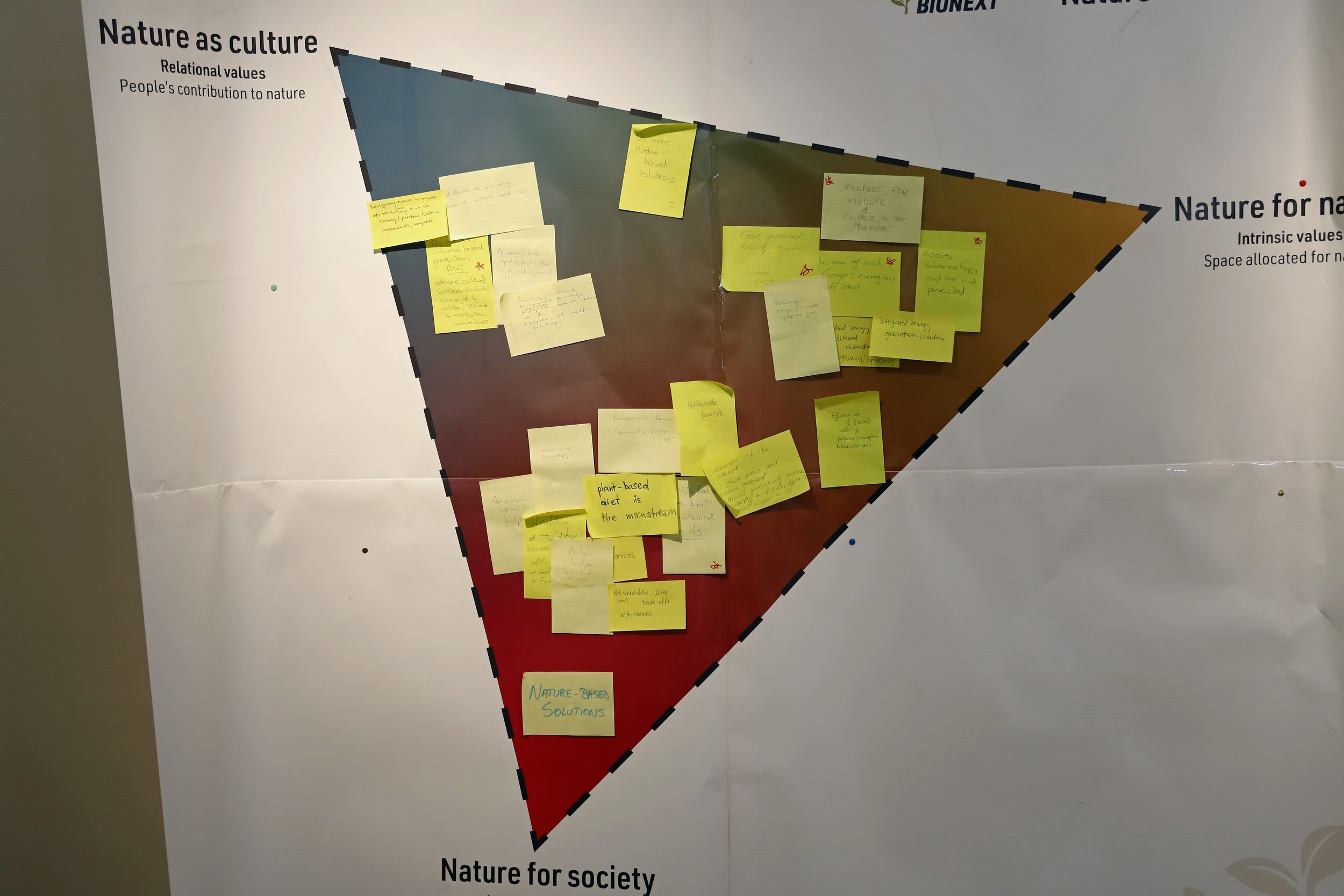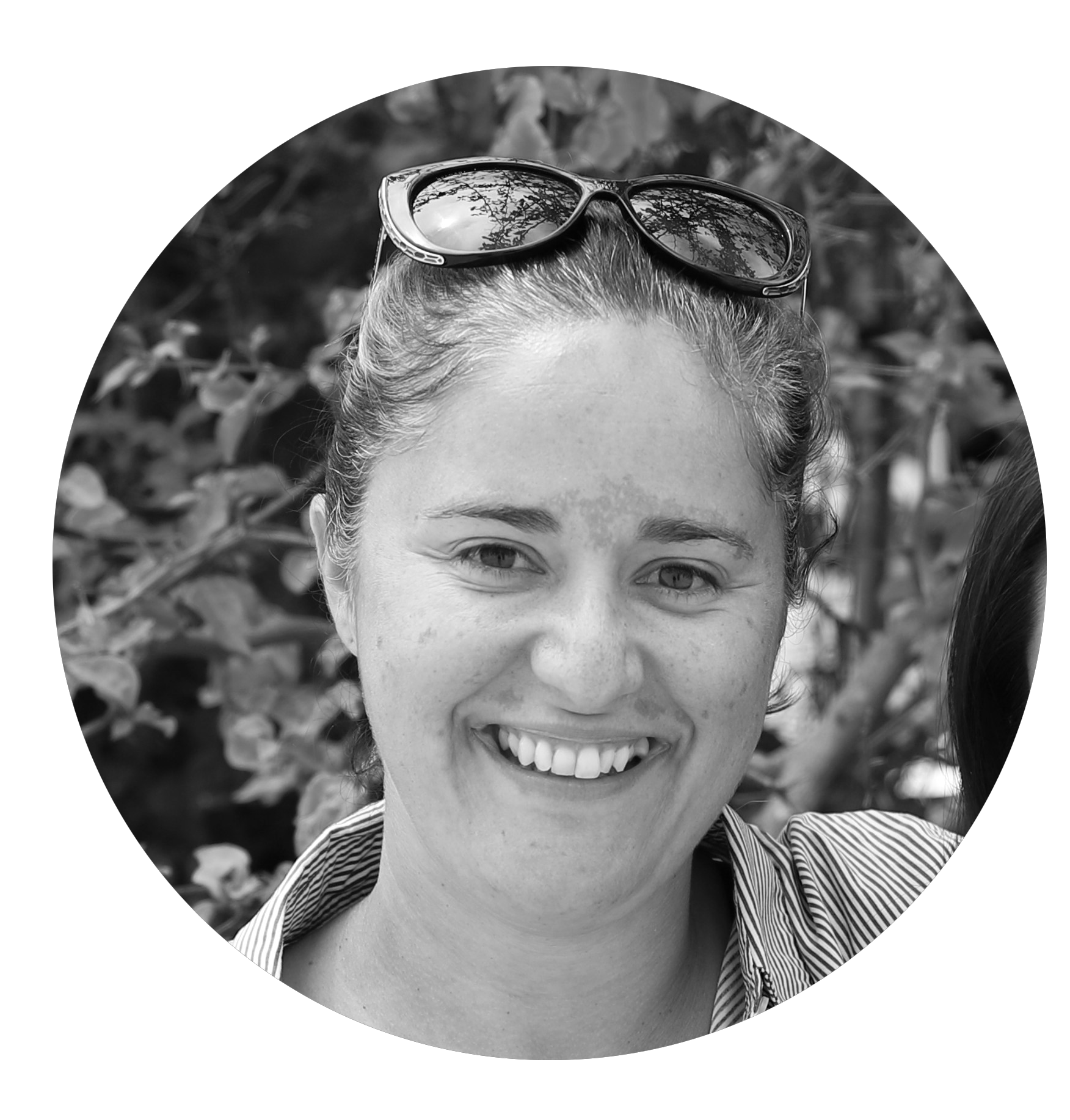Blog | Close your eyes and imagine Europe in 2050…
Close your eyes and imagine your ideal Europe in 2050. How would it look if we managed to achieve all that we have set out to do; achieving climate neutrality with net zero Greenhouse Gas emissions, meeting the sustainable development goals and even managing to bend the curve to realise the 2050 vision on biodiversity by meeting the Kunming-Montreal targets? What does Europe’s nature and society look like in this future?
It can be difficult to imagine such a future, and we are probably all imagining a slightly different world. To help us envision these preferable scenarios of the future, across multiple scales and levels, and to organise them according to our diverse value perspectives, the IPBES Task Force on Scenarios and Models developed the Nature Futures Framework (NFF).
Image 1. BIONEXT project stakeholders working with the Shared Socio-economic Pathways in a workshop on 4 May 2023. Photo: BIONEXT project / Maija Airos.
The story of Nature Futures Framework
It all began in September 2017 on an island far, far away… in the land of Aotearoa, in the city of Auckland (Tāmaki). The former IPBES expert group on scenarios and models convened a group of 73 participants from governmental organisations, non-governmental organisations, academia and the private sector, indigenous and local communities, from 31 countries, and with a range of sectoral expertise on biodiversity-relevant sectors, from agriculture to fisheries. Emerging from this inspiring, interactive and creative workshop, a series of 7 visions of preferable futures for humans and nature emerged. The visions either focused on specific sectors (e.g. water and the ocean) or particular worldviews (e.g. dynamism and cultural connection).
After several iterations and continued engagement with stakeholder groups and researchers, in particular scenario developers and modellers, we realised that we could map the visions onto the three core value perspectives of nature: intrinsic, instrumental and relational. Thus the Nature Futures Framework triangle was born.
The NFF as it is known is a triangle space with each of the corners representing one of the following value perspectives on nature: Nature for Nature, in which nature has value in and of itself; Nature for Society, in which nature is primarily valued for the benefits or uses people derive from it; and Nature as Culture (or One with Nature) in which humans are perceived as an integral part of nature. The NFF then went into a multi-year cycle of stakeholder engagement, refinement and testing before finally being presented to IPBES Plenary 9 in Bonn in 2022. Finally, the progress made in its development was welcomed by the IPBES member states.
Illustration 1. BIONEXT project’s adaptation of the Nature Futures Framework illustration. Copyright: BIONEXT project.
The Nature Futures Framework is a heuristic for exploring and expliciting diverse facets, roles and benefits of nature in imagining the future. The framework helps identify context-relevant initiatives and interventions that are realisable. They are realisable by scaling them up or replicating them elsewhere in transitioning the current systems into a future space where nature conservation and human well-being are centrally considered. The key social-ecological systems that are important for these futures are to be assessed on their synergistic co-benefits and trade-offs. They are assessed across a range of interventions, based on multiple forms of evidence including models, indicators and other knowledge systems.
The Nature Futures Framework and BIONEXT
How does this all relate to the BIONEXT project? BIONEXT is a Horizon Europe-funded research and innovation project, that joins a broader consortium of projects on combating the loss of biodiversity. The project is utilising the Nature Futures Framework in visioning nature and people positive futures for Europe. Given the participatory and inclusive nature of this new scenarios and modelling framework, the process engages a range of stakeholders working across sectors and disciplines at the European scale.
In addition to the Nature Futures Framework, BIONEXT is using the European Shared Socio-economic Pathways (SSPs) developed from the IMPRESSIONS project (a completed H2020 project) to provide context scenarios for transitioning from a range of plausible, but diverse futures, some of which are highly dystopian, towards desirable visions for the future - Nature Futures. The SSPs describe a range of futures for Europe with different societal, demographic, technological, environmental and economic developments to 2100 characterised into five scenarios: 1) sustainability, 2) middle of the road, 3) regional rivalry, 4) inequality, 5) fossil-fuel development. The SSPs are used with different climate change scenarios to assess the risks and vulnerabilities that Europe might face in the future without interventions to meet sustainability targets.
Image 2. BIONEXT stakeholders discussing the Nature Futures Framework. Photo: BIONEXT project / Maija Airos.
At its first stakeholder workshop in Santorini, BIONEXT convened 27 stakeholders to co-design scenarios and visions. The process began by enriching the SSPs by giving an additional focus and angle on biodiversity (that is, what different aspects of these future scenarios would mean for biodiversity and nature). The rest of the workshop then focused on applying the Nature Futures Framework to developing new visions for Europe in 2050 that are centred on how people value their relationship with nature. The Nature Futures Framework is a heuristic that supports our imagination of desirable futures by making the plural values associated with the diverse facets, roles and benefits of nature explicit. The framework helps identify context-relevant initiatives and interventions that are realisable through scaling up or replication in transitioning current systems into a future space where nature conservation and human well-being are centrally considered. This was the first time that the Nature Futures Framework was used Europe-wide in visioning the future through a participatory stakeholder workshop.
The journey is only beginning
BIONEXT’s journey with the Nature Futures Framework is only beginning here. The project will hold its second workshop in May 2024 where pathways to the visions developed in the first workshop will be detailed by exploring the initiatives that enable transformation in society and across sectors, based on multiple forms of evidence. In the third workshop in 2025, the actions and interventions within the pathways will be strengthened and made more ambitious to move us closer to achieving the visions for 2050. For the continuity of scenario development, the same group of stakeholders will be engaged throughout these processes, with the ambition and hope that the visions and the evidence identified will then inform decision-making processes in various European sectors through effective co-production and transfer of knowledge and capacity building.
Please stay tuned for the European Nature Future visions where people and nature will live in harmony, amplifying existing good practices and dampening challenges and obstacles.
Image 3. At the end of the workshop, the Nature Futures Framework triangle was filled with post-it notes that described important elements for sustainable societies. Photo: BIONEXT project / Maija Airos.
Laura Pereira (on left) was a member of the expert group that held the stakeholder workshop in Auckland and was the lead facilitator of the participatory visioning process undertaken in Auckland. She continued her work on the NFF as a member of the task Force, in particular testing it with stakeholders and helping to lead the creation of the illustrative narratives published in the special feature of Sustainability Science. Laura was the lead author of the paper that first set out the methods and steps undertaken to develop the Nature Futures framework, for which, the abstract was translated into 27 languages for global dissemination. Laura is an associate professor at the Global Change Institute at the University of the Witwatersrand in South Africa and a researcher at the Stockholm Resilience Centre at Stockholm University in Sweden. She sits on the Advisory Board of the BIONEXT project.
HyeJin Kim (on right) was engaged in IPBES scenarios and models for her PhD and as a fellow. She contributed to the development of the NFF and its methodological guide with stakeholders, modellers, multidisciplinary experts and practitioners and published a paper on modelling the Nature Futures scenarios. She also co-coordinated the first model intercomparison (BES-SIM) that informed the global assessment of estimated impacts of climate (RCP) and socioeconomic development (SSP) scenarios on biodiversity and ecosystem services. HyeJin is a scenario developer at the UK Centre for Ecology and Hydrology and a guest scientist at iDiv German Centre for Integrative Biodiversity Research. She is a member of work package 1 in the BIONEXT Project and is leading the review of biodiversity nexus interlinkages.
Paula Harrison, professor at the UK Centre for Ecology & Hydrology (UKCEH), explains the Nature Futures Framework.






